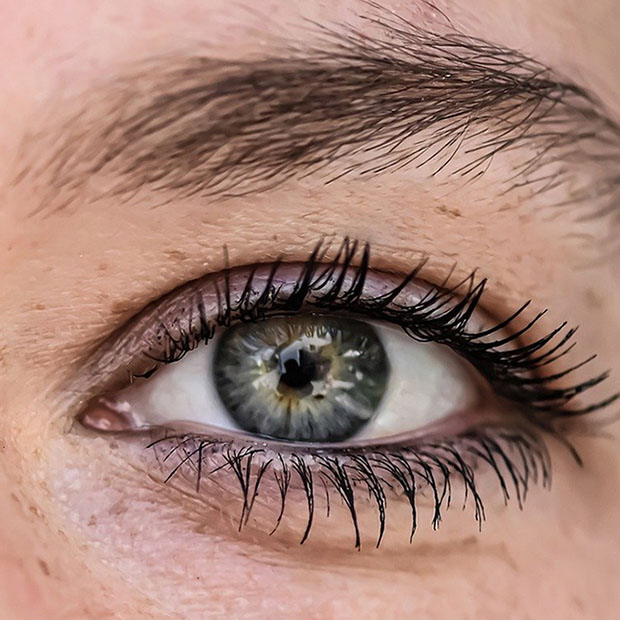

“Our history created that map,” said Brad Beaubien, director of Destination Development with Visit Indy and a former planner with the city, “and it’s the same damn map we have today.” Still, the measures do shed light on the make-up of communities in Indianapolis and where those that are most disenfranchised reside. There are many factors that can determine those values beyond their relationship to the waterway.

The Star also looked at the minority populations in each community. Using the latest data gathered from IndyVitals, research coming out of IUPUI’s Polis Center, and the City Health Dashboard, a project from the NYU Langone Health Center, IndyStar analyzed life expectancy, property value and median income for neighborhoods in Marion County that rest along the White River and its main tributaries. Will those who endured decades of pollution and disinvestment now be able to enjoy the benefits of the city's efforts? To understand the importance of getting that question right, they say, it helps to examine the enduring effects of the policies of the past. City officials know that these are the types of enhancements that are likely to attract new residents.Īnd some longtime residents in those riverside neighborhoods wonder how they will be affected. The city plans to build parks and amenities, bring restaurants and entertainment to the riverside and create recreational opportunities in and on the water. It comes on the coattails of the DigIndy tunnel, which promises to clean up the river from raw sewage overflows that have disproportionately affected low-income, minority communities. There is an effort to revitalize the White River watershed throughout the city: the White River Vision Plan. The city is now embarking on a plan that could alter the residual effects of those maps. While redlining was ultimately banned in 1968, decades of disinvestment and even the health effects caused by the practice are still entrenched in the fabric of the city, according to a data analysis by IndyStar. In the 1930s, government surveyors began grading neighborhoods across 239 cities, color-coding them green for “best” and blue for “still desirable,” down to yellow for “definitely declining” and red for “hazardous.” Local lenders considered those “redlined” areas to be a credit risk, and, in them, loans were nearly impossible to come by. “They were all in black neighborhoods and by industry and by our waterways.” About a year later, he saw Indianapolis’ redlining map and realized the overlap. “This was a black funeral home and black infants,” he said. She said they probably didn’t have clean water. Bates, a longtime resident of Indy’s Fall Creek neighborhood, began to notice something: the number of infants who had died from diarrhea. That was when he stumbled on the funeral home's ledgers and began to thumb through the pages from the early to mid-20th Century. The space had potential, Leon Bates remembers thinking. It was about 20 years ago, and he was looking at an old funeral home as a potential site for his business.


 0 kommentar(er)
0 kommentar(er)
